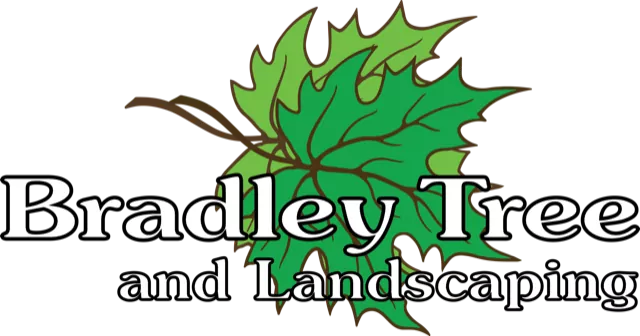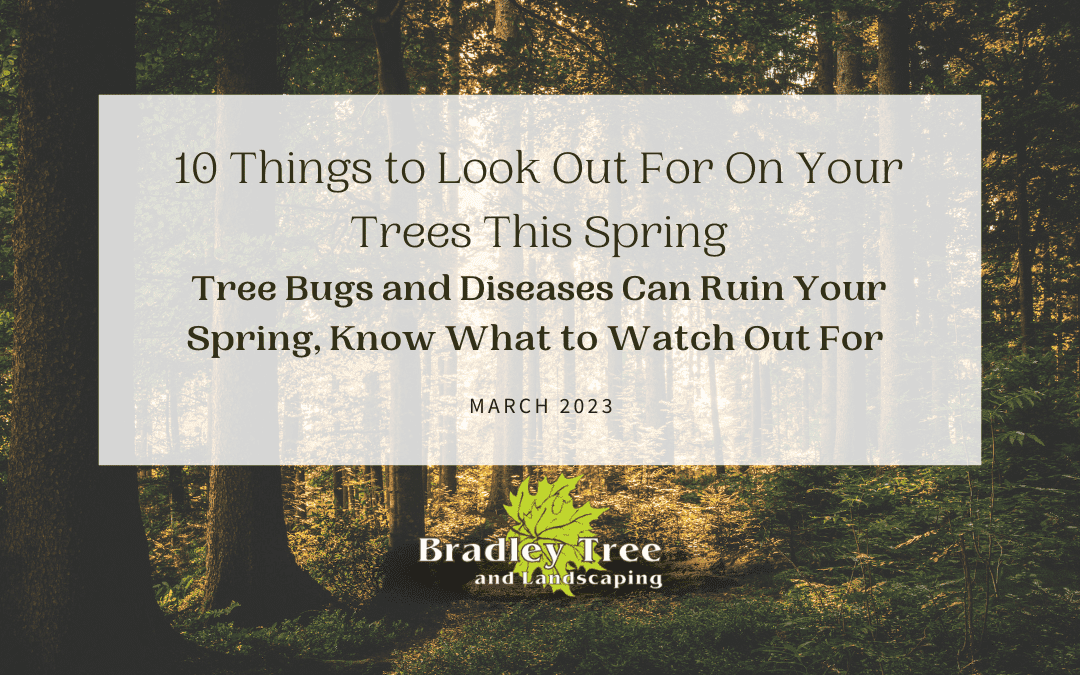Tree Bugs and Diseases Can Ruin Your Spring, Know What to Watch Out For
Hello and welcome back to the Bradley Trees blog! Over the past little while, we’ve talked at length about dangerous tree bugs and touched on diseases that can adversely affect trees. Today, we wanted to take some time to talk more about that a little more and highlight ten things to look out for on your trees this spring, from insects to blights and illness.
If your trees are experiencing any of these issues, get in touch with an ISA-Certified arborist in Buffalo, NY right away! The best way to save your trees is with prevention, but there are some treatment options we can deploy. Please call us with any questions.
Table of Contents
10 Things to Look Out For on Your Buffalo NY Trees This Spring
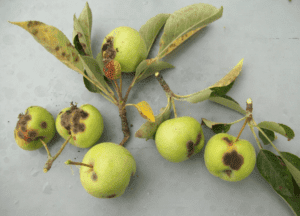
Apple Scab
This fungus, by the Latin name Venturia Inaequalis, thrives in wet spring conditions. It overwinters on fallen, diseased leaves. Once it warms, spores shoot into the air and look for new leaves, flowers, fruits and/or green twigs to infect. Symptoms include small spots on the underside of young leaves or all over older leaves. It causes lesions that are brown to olive-green in color. The outlines on younger leaves are less distinct, but on older leaves are clear and become velvety gray to a pitch black.
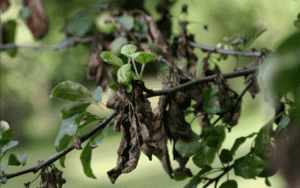
Fire Blight
This illness is caused by the insect Erwina Amylovora. It’s a contagious disease that affects apples, pears and some other members of the family, and can destroy an entire orchard in one growing season if left unchecked. Signs of this disease are cankers on the tree’s bark that resemble wet or discolored patches, weeping wounds, ends of shoots, twigs, and/or branches are drooping or dead, burnt looking leaves, blighted flowers and fruit, and dead or infected fruiting spurs on branches. One way you can avoid this is to not do your pruning while the tree is wet, and dip your pruning tools in a rubbing alcohol solution (70%).
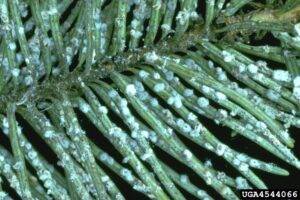
Cooley Spruce Gall Adelgid
This aphid-like insect, by the Latin name Adelges Cooleyi, causes galls on spruce trees and Douglass firs. Immature females overwinter beneath young branches and mature in the springtime, placing large numbers of eggs near branch tips, close to developing buds. Eggs hatch around the time the buds open up, and the nymphs feed off the newly developing needles, and galls form. The adelgids grow and develop in those galls. Mature adelgids will then typically fly off in search of a Douglass fir to host multiple generations. Galls kill the tips of the branches and left unchecked could cause the crown to deteriorate. The best control efforts for this insect is done before the gall forms.
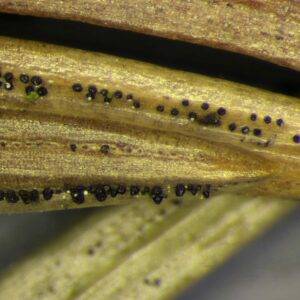
Rhizosphaera Kalkhoffii
This fungus most commonly found on blue spruce but can infect other evergreen species too. It causes needles around 2-3 years old to drop early, especially on lower branches where the moisture is elevated and conditions cooler. The fungus causes infected trees’ needles to die, brown and fall. Stressed trees (such as from drought, poor planting, or another factor) are more likely to become infected. Signs of this fungus are discolored needles that have neat rows of tiny black dots, the spore producing factory of the fungus. The needles near the trunk of the tree will also be spare and appear thin to see-through. If left unchecked, the entire branch can die off in a few years.
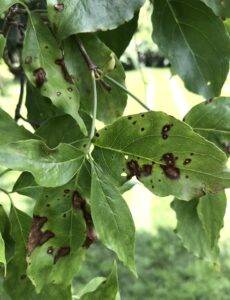
Dogwood Anthracnose
This disease, by the Latin name Discula Destructiva, affects various dogwood species. It causes distorted and discolored leaves that fall prematurely. Left unchecked, it can kill the whole tree. This invasive disease spreads rapidly through infected trees, after causing angular-shaped leaf spots and blotches, leaf scorch, and a complete blight of the infected foliage.
Also, shoots and small stems can be killed and cankers can develop on larger branches. Another sign is epicormic sprouts that can incubate the fungus. One way to mitigate the threat of this fungus is when planting, ensure your dogwood gets full sunlight and doesn’t have other trees surrounding it that could shade areas of the tree and cause the fungus to get a hold there.
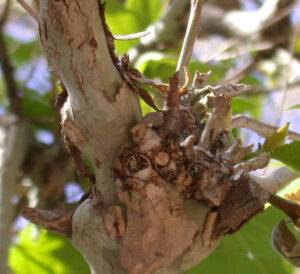
Sycamore Anthracnose
This fungus, by the Latin name Apiognomonia Veneta, has a range of symptoms that correspond to the phases of this disease. These symptoms are cankers on buds and twigs, followed by a shoot blight during cold spring weather, and leaf blight from the leaves being directly infected. Repeated twig dieback can occur over the years, causing twisted and crooked branches.
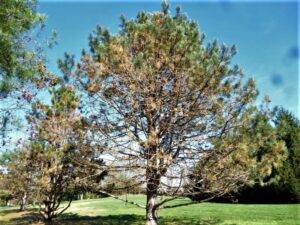
Diplodia Tip Blight
A fungal disease that affects stressed conifers in the region. Various pine species are vulnerable to the blight. The disease is caused by the fungus Diplodia Pinea, which overwinters in pyncnida in infected shoots, bark, and seed cones, and in wet and warm conditions the spores are released. It’s especially abundant in spring and early summer. Symptoms of this fungal disease include needle die off (starting low and progressing up), stunted needle growth, resin droplets on dead shoots, tiny black dots on the base of needles. Whole branches can die back and leave trees disfigured if left untreated.
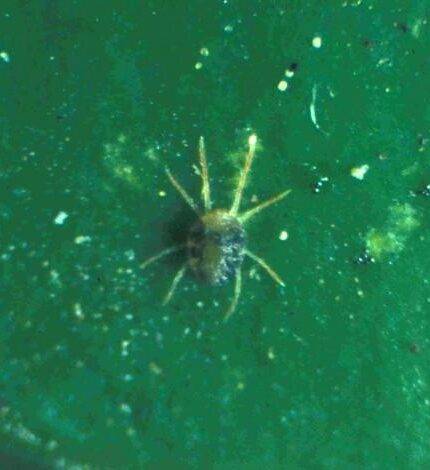
Boxwood Mites
These mites, known as Eurytetranychus Buxi, are invisible to the naked eye. Boxwood mites feed on the underside of the leaves on the host tree, causing a white or yellow striped appearance. American and European boxwood species are especially susceptible to this mite, and high nitrogen fertilizer can contribute to higher populations of it. This mite overwinters on the underside of leaves in its greenish, rounded and flat-top eggs. Multiple generations of this mite can be born each year, so early control methods are key to controlling the extent of the damage.
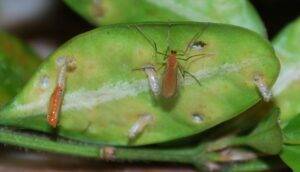
Boxwood Leafminer
A gnat-like fly, known as Monarthropalpus Flavus, that has yellowish larvae that mature to a orange-yellow, reddish color. These insects eat away at leaves from the inside out, and the best method of control on an infected tree usually involves pruning away infected branches and foliage before the adults emerge or after the eggs are laid, to reduce the effective breeding population. Sprays are also an option but this is best done by a professional arborist, who will know what sprays are the most effective and which ones will harm the tree the least. Boxwood leafminers leave pale, blotchy wounds in the tree.
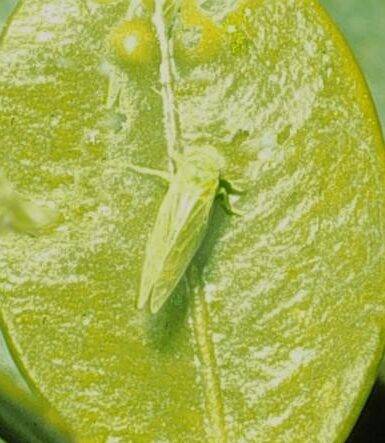
Boxwood Psyllid
This pest is less serious of a threat than the other boxwood bugs we’ve talked about, but still worth mentioning. It may cause cupping of leaves and affect twig growth, but the damage tends to be purely cosmetic. The pest bothers all boxwood species, but American boxwoods are especially susceptible. Affected leaves will retain that upward cupping for a few years due to the nymphs feeding.
Spongy Moth Caterpillar
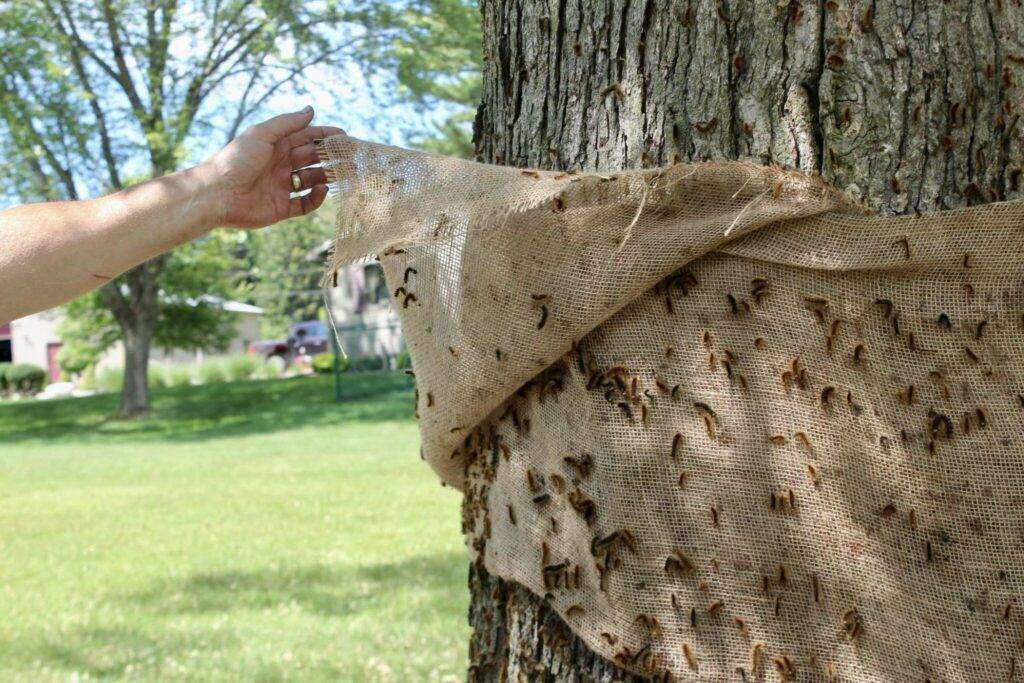
This invasive insect recently had its common name changed by the Entomological Society of America recently, but its destructive tendency is unchanged. These invasive insects feed on the leaves of a large variety of tree species, like oak, to maple, hickory, birch, and many, many more. Outbreaks of these insects are cyclical, rising and falling every 10-15 years. When large outbreaks occur, thousands of acres of trees can be damaged and suffer thinning canopies.
Recovery
Infected but otherwise healthy trees can recover after a few weeks when the mature moths fly off, but the thinned canopy can cause it to become more open to damage from other stressors. Trees can be killed if other stressors are present at the same time as the spongy moth caterpillars, and long-term damage is possible depending on the amount of defoliation.
Control
There are control methods available, such as squishing and scraping egg masses into a bucket of warm, soapy water and leaving it overnight. Sticky traps are also an option that can be placed around the site of the eggs, and burlap traps that can be used after the eggs hatch while they’re caterpillars. Insecticides are another option but the application of these chemicals should only be done by a trained professional to ensure they mitigate the potential collateral damage.
Contact Us For Your WNY Landscaping Needs!
Bradley Tree and Landscaping are full of professional, ISA-Certified arborists that are always eager to help and educate. As our CEO Jared Webber says,
“An educated customer is our best customer.”
Bradley Tree and Landscaping have been in business for 40 years! We’ve been proudly serving the Buffalo area with expert tree care services. These include wider plant health care, tree planting and tree removal, tree pruning and trimming, seasonal plant care and landscaping, emerald ash borer treatment, and more! Our exemplary work has earned us the honor of working on Olmstead Park’s oldest oak tree with pruning, restoration, and maintenance.
Make sure to check out our blog for more coverage from your favorite Buffalo Arborists! You can also find us on Facebook and YouTube. If you’ve had us by for some work before, make sure to leave us a review on Google, and if you’re unsure, check out those reviews!
When you’re ready to reach out, please give us a call at 716-916-2193 or fill out our convenient online contact form.
